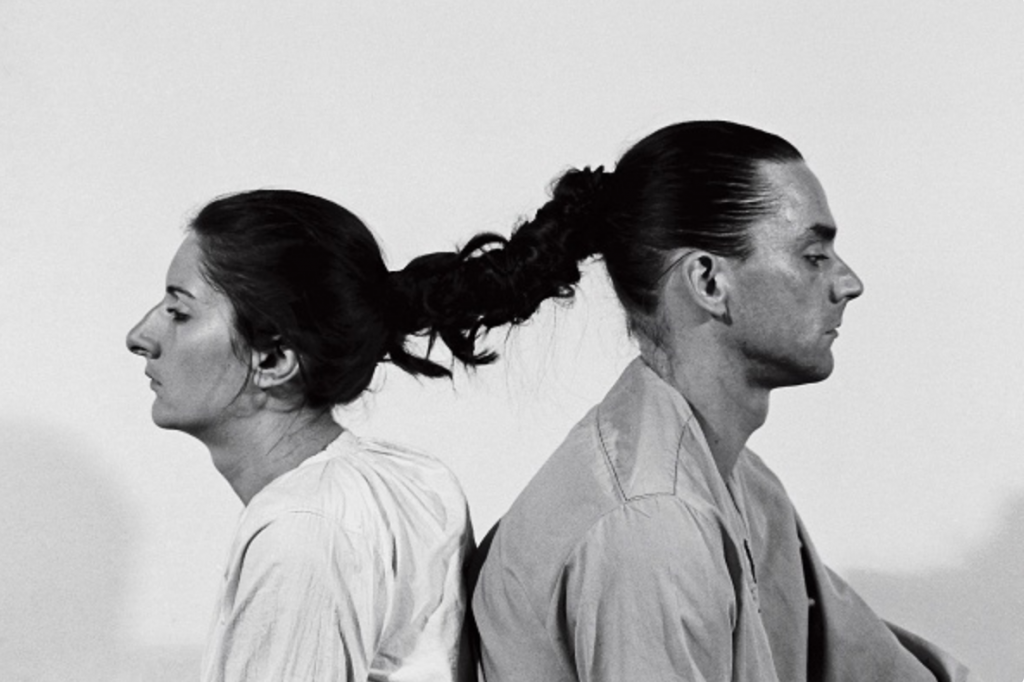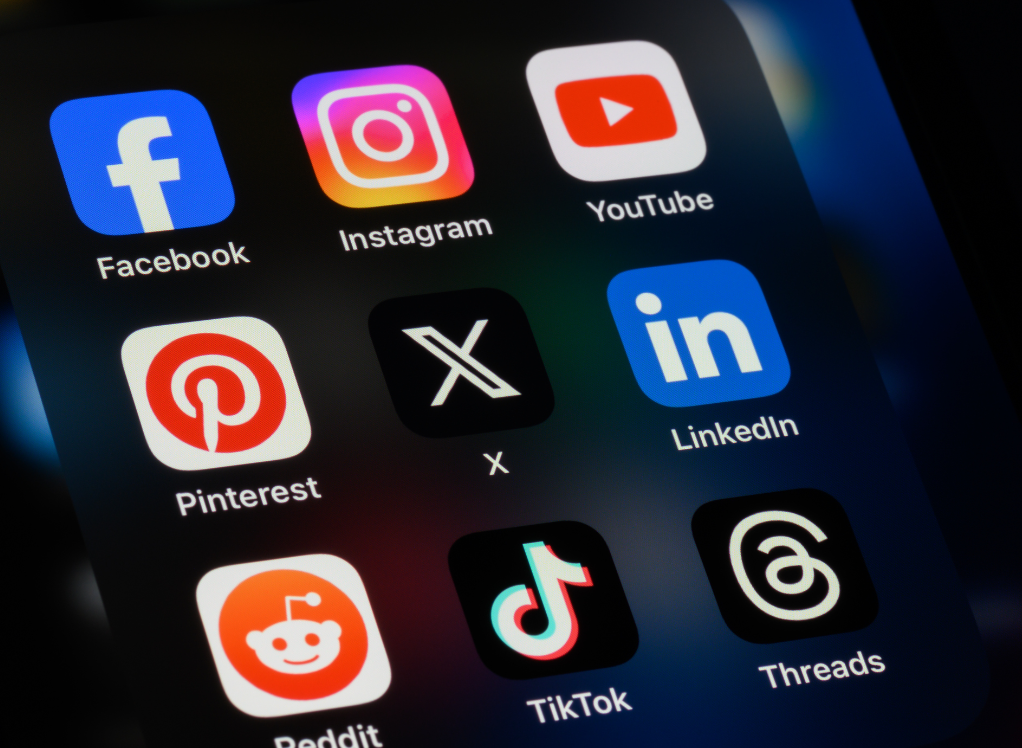As an artist, one of the most meaningful challenges I continue to face is understanding how my work is received by the public—particularly by audiences beyond the university context. While the BA Sound Arts course has provided a valuable space for experimentation and critique, the moment a piece is placed in a public space or online, a whole new set of questions emerges: Who is this for? How is it being heard? What remains unclear? What resonates?
In my personal practice, I work with experimental sound, ambient textures, and elements of traditional Chinese music, often merging these with digital tools, generative structures, and interactive performance. This approach is not always immediately “accessible” in the mainstream sense—but I’ve found that audiences often engage deeply when given space, time, and the right context.
For instance, during a live performance involving audience-triggered sound layers, some participants initially hesitated to interact with the piece. But once they realized their movement affected the sonic outcome, they became more invested. Their responses were not always verbal; some lingered longer, others moved differently. I began to understand that “understanding” a work isn’t always intellectual—it can be sensory, emotional, or even subconscious. This echoes Claire Bishop’s insight that “participatory art forecloses the traditional idea of spectatorship and suggests a new understanding of art without audiences, one in which everyone is a producer.”¹
However, as Bishop also warns, the presence of an audience is ineliminable—not everyone can or will actively participate in every work. Even in works that are not physically interactive, there is always the mental, emotional, or interpretive participation of a spectator. This duality is something I find fascinating: artworks must remain open to subjective response, while acknowledging that spectators bring their own histories, assumptions, and expectations into the encounter.
The Gallery 46 exhibition in my second year was another key moment. Sharing an interactive sound installation with visitors outside the Sound Arts community allowed me to observe how people from different backgrounds responded. Some were drawn to the technology behind the work, while others connected with the cultural references embedded in the sound materials. It showed me that a piece can offer multiple entry points, and that diversity of audience brings diversity of meaning.
I’ve come to realize that public acceptance is not just about popularity or approval—it’s about reception, which is much more layered and dynamic. Different audiences bring different expectations, cultural references, and personal experiences. As an artist, I can’t control all of that—but I can be aware of it, and design work that is open enough to invite multiple readings.
Like Tania Bruguera, who once said “art should not be a safe space,” I believe that emotional disturbance or confusion can be a form of engagement. Public acceptance doesn’t always mean comfort—it can mean confrontation, challenge, or even refusal.

I’ve come to believe that one of the most powerful aspects of art lies in its ability to generate a plurality of responses. As an artist, I can shape the conditions of experience, I can guide the audience—but I never aim for a single, unified reaction. In fact, I think it would be troubling if every viewer walked away with the exact same interpretation.
Art is not about agreement; it’s about activation. The moment a piece is presented to the public, it begins to live multiple lives—each filtered through the viewer’s own memory, emotion, and perspective. Rather than trying to please or simplify for an imagined “audience,” I’m more interested in what happens when a work creates tension, ambiguity, or even discomfort.
Sometimes, dragging the audience into a vortex—of confusion, contradiction, or reflection—is a valid strategy. This isn’t about manipulation, but about acknowledging that real engagement often begins when certainty dissolves. As Tania Bruguera notes, “art should not be a safe space.” I agree. Not all works need to soothe. Some are meant to disturb, disrupt, or unsettle in order to open space for new ways of seeing and feeling.
In that sense, I view public engagement not as consensus but as a shared field of potential misunderstanding, discovery, and dialogue. My role is to open that field—not to dictate what must happen within it.

In addition to physical exhibitions and live performances, digital platforms have become a vital part of how I share and distribute my work. Posting sound-based projects on platforms like Bandcamp, Instagram, or Youtube has allowed my practice to reach audiences I would never encounter in person. While the format may limit the spatial or immersive aspects of my work, it also opens up a new kind of engagement—one that is shaped by network culture, algorithmic visibility, and the aesthetics of scrolling.

